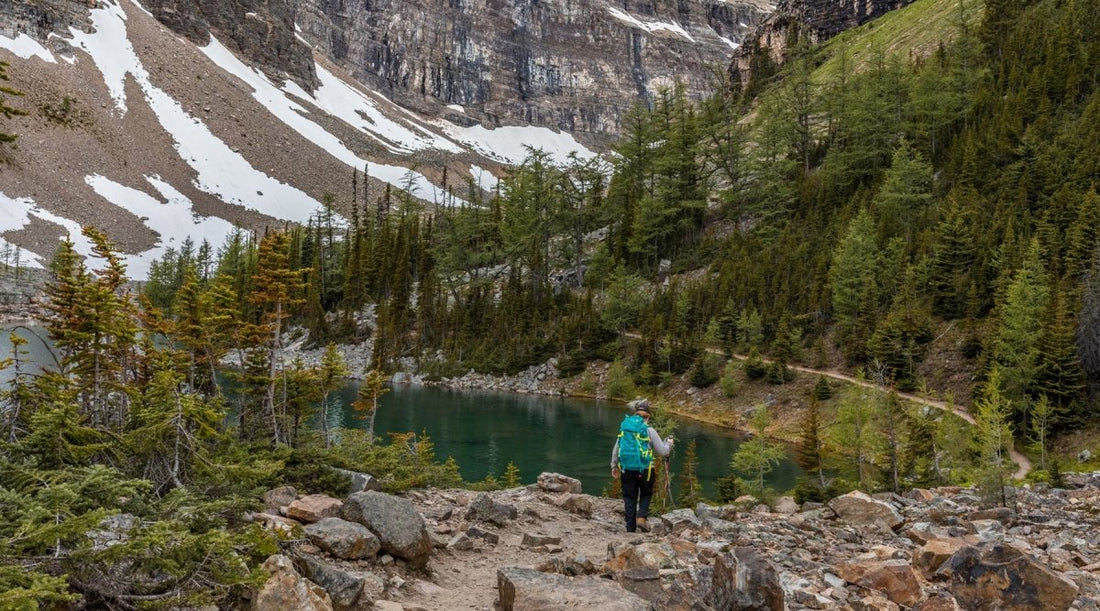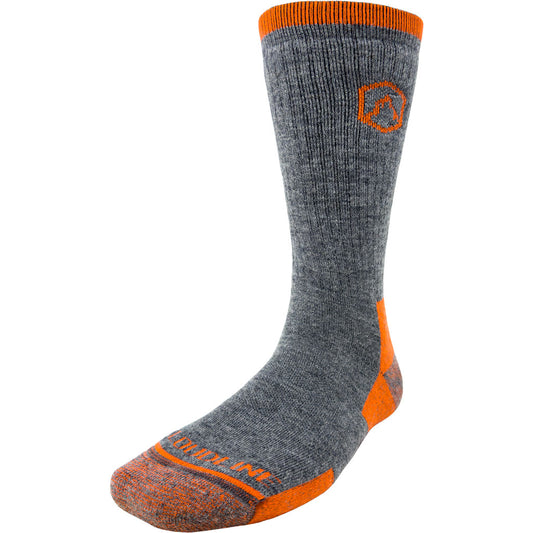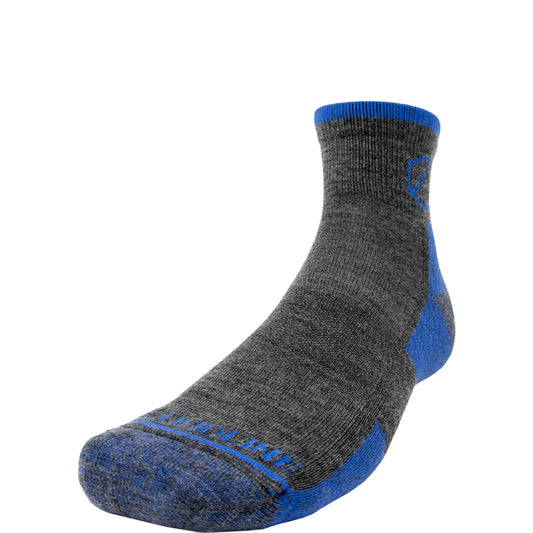
Ways to Care for the Environment on the Trail
Though some remote places can truly feel a world apart from civilization, no place in the world is completely untouched by people. From changes in the air to litter, the ways in which our day-to-day actions impact the environment are both high in volume and gravity.

With organizations like Jeremy Jones’ Protect Our Winters advocating for people who love outdoor recreation to be leaders in protecting the environment, it is becoming more and more evident that hikers and backpackers have responsibilities along with their hobbies. But where can we begin?
The key to powerful, positive action while hiking and backpacking is understanding the problems and solutions. The best place to begin is with the question, “What does hiking actually do to the environment?”
How Hiking Affects Environment
Often pushed as one of the most eco-friendly and sustainable methods to both travel and enjoy the outdoors, hiking and backpacking have obvious advantages to some other types of outdoor recreation. Traveling on foot is arguably the most sustainable way to get around. However, there are far more considerations to take into account when seeing the full picture, and hiking comes up with both positives and negatives. Think back on your times on the trail:
Have you ever been hiking and seen trash on the trail?
How about watched people venture off the path, or even intentionally destroy something?
Chances are, you have seen these behaviors and more if you are a seasoned adventurer. Thinking back, I know that I have caused harm to the environment while hiking and backpacking, primarily due to ignorance.
Hikers and backpackers can cause unnatural trail degradation by walking off- trail on soft ground, littering, and not following LNT principles to maintain soil and water safety. Simple actions like diluting soaps and toothpastes when backpacking and burying waste at the appropriate depth can make a long-term difference in the area you are enjoying, but not all backpackers and hikers are aware of how to follow them properly. As a result, trails fall apart sooner than necessary and cause damage to both soil and vegetation.
While these negatives are very real (and greatly increased with heavier traffic), hiking also has undeniable positives when it comes to protecting the environment.
Trails allow people to connect with an incredible number of areas and ecosystems. Connecting these areas alone is a benefit, and the ability we have to access such a variety of places influences the way we view conservation. Interest in protecting plant and animal species rises as hikers venture out onto trails and begin to love areas and animals.
Overall, when hikers and backpackers follow proper methods to mitigate damage and promote positive trail practices, the result is a net-positive for environmental care and conservation.
How about you? Are you hiking and backpacking the ethical way? Check through these simple steps to transform your hiking habits for the better.
Doing No Harm on the Trail
Follow Leave No Trace Principles
When it comes to protecting the environment around you while on the trail, the golden rules come in the form of LNT, or Leave No Trace. The organization has seven principles for trail users, designed to protect vegetation, soil, water, air, and animals, these principles are simple and easy to follow.
7 Principles of Leave No Trace
- Plan Ahead and Prepare
- Travel and Camp on Durable Surfaces
- Dispose of Waste Properly
- Leave What You Find
- Minimize Campfire Impacts
- Respect Wildlife
- Be Considerate of Other Visitors
You can find detailed articles about each principle here.
Start here, and your hiking and backpacking adventures will be well on their way to being net-positives for the earth.
Stay on Course
Though often forgotten and more often avoided, one of the best ways to help keep trail ground solid and erosion at a low is to walk through wet areas and mud on the trail. Try to stay within the boundaries of a trail, staying on the most solid ground as possible.
It can be unpleasant to get wet, especially when you have a long way until camp or home, but leaving the trail can cause damage that will take far longer for soils and plants to heal, both aesthetically and physically.
Be especially careful hiking with large groups, when it is easier to carry on conversations when walking side-by-side. Take frequent breaks, walk within trail boundaries, and make an effort to keep volume reasonably low for wildlife and out of respect to other hikers.
Doing Good on the Trail
Though making the mentioned efforts to protect trails and natural areas is the minimum commitment for hikers and backpackers to make, there are a few additional ways to keep building sustainable habits. Try these easy changes to keep on giving back to the environment.
Take only Reusables
Plastic water bottles and sandwich bags are convenient for carrying food and water, but switching these out for reusable options will keep one-time use plastic to a low, as well as help you to keep track of your waste on the trail.
Use Biodegradable Soaps
Some soaps and toothpastes can cause significant damage to plants and soil. Check out the many biodegradable options, and remember: dilution is the solution to pollution!
Look into Your Gear
Clothing and gear companies can have profound impacts on the environment in their methods of production, materials, transport, and more. Check for sustainability commitments from companies you love, and try to mend or buy used gear when possible.
Check your Body Products
Sunscreens, bug sprays, and other body products can pollute water sources. Be careful about which products you choose, especially when planning to bathe in, cross, or gather from water sources.
Pick Up and Pack Out Litter
Not everyone does their part to keep trails clean and litter is more common than you'd think. Keep a small trash bag in your backpack so you can pack out litter without getting your gear dirty.
Ready to make positive changes to your hiking and backpacking habits? Be sure to model these practices and encourage others towards respecting the natural world that we love to enjoy!
Click here to view all the products at Cloudline!








1 comment
Good Tips